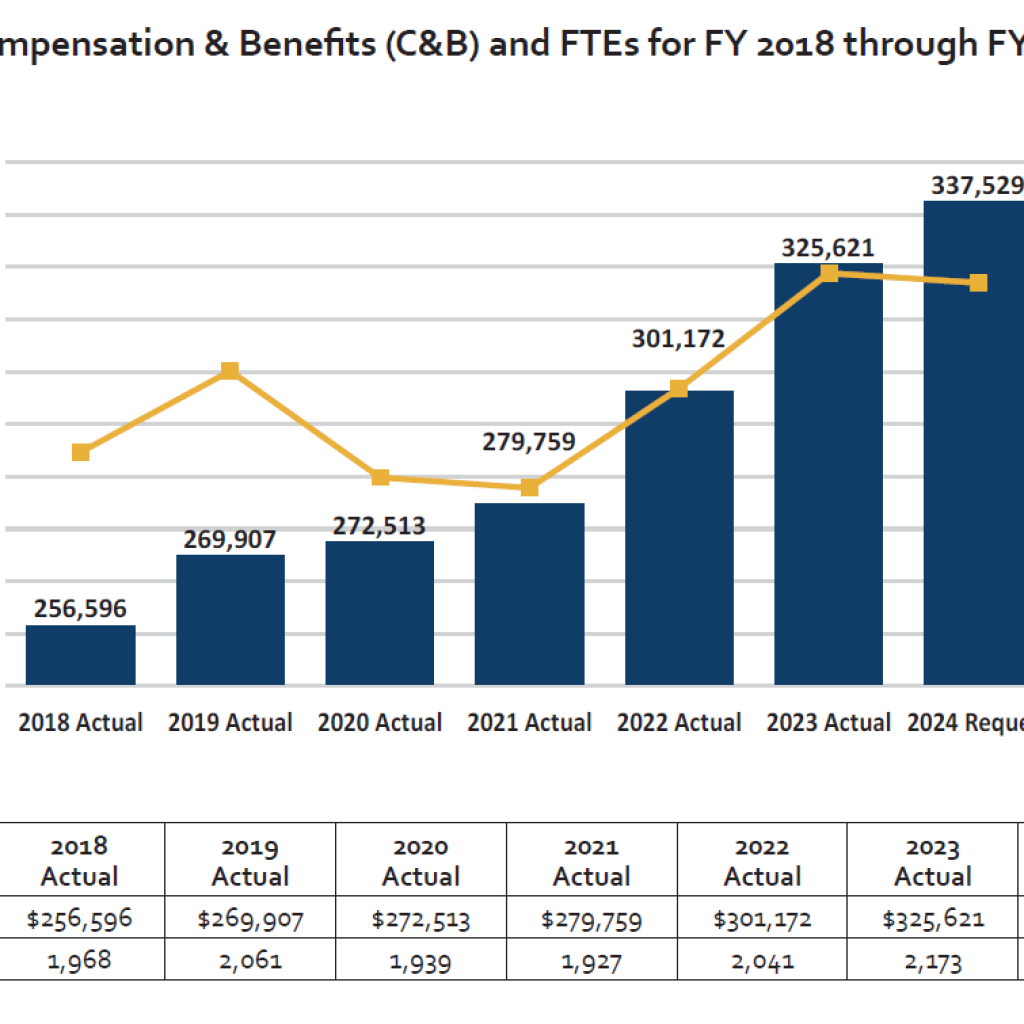In the ever-evolving world of decentralized finance (DeFi), the recent announcement by LiFi, a multichain bridging protocol, has garnered significant attention. On August 17, Arjun Chand, the research lead at LiFi, unveiled a new multi-message aggregator tailored for decentralized autonomous organization (DAO) governance. This development comes on the heels of a heated debate on bridge security within the Uniswap forums.
The Uniswap Debate: A Backdrop
On January 24, the DAO members voted in favor of deploying the second copy to BSC. They also decided to employ the bridging protocol Celer for transmitting messages between BSC and Ethereum. However, this decision was not without its detractors. Concerns were raised about the security of Celer Bridge, with many fearing its vulnerability to cross-chain governance attacks. Opponents of the Celer Bridge suggested alternatives like Wormhole, LayerZero, or DeBridge. Despite these concerns, a significant number of participants stood by the decision to use Celer.
The debate culminated in a second vote on January 31, where Wormhole emerged as the preferred choice for governance bridging. Notably, this decision was not unanimous. Only 62% of Uniswap tokens were used to cast “yes” votes, a stark contrast to many other UniswapDAO proposals that often witnessed near-unanimous voting patterns.
A significant takeaway from this debate was the consensus on the need for multiple bridges. Many believed that relying on a single bridge was risky. If a bridge were compromised, having multiple bridges would act as a fail-safe, rejecting any malicious messages and thwarting potential attacks. However, at that time, no such multi-bridge solution existed. This gap in the market led to the argument that Wormhole should be the interim choice until a more robust solution was developed.
LiFi’s Multi-Bridge Solution: A Game Changer?
LiFi’s recent announcement promises to address the concerns raised during the Uniswap debate. Chand described their new bridge aggregator as a “future-proof solution for different cross-chain messaging needs.” This means that in the future, protocols won’t have to depend on a singular bridge for governance messages, potentially eliminating a significant point of vulnerability.
One of the standout features of LiFi’s aggregator is its flexibility. Protocols can configure it to validate votes based on multiple bridge confirmations. For instance, if a DAO tokenholder’s vote is “yes” on one bridge but “no” on two others, the “no” vote would be the one confirmed. Depending on the DAO’s preference, this system can be adjusted to various ratios, such as three out of five bridges.
The Competitive Landscape and Future Prospects
LiFi is not alone in its endeavor to create a multi-bridge aggregator for DAO governance. Earlier in March, Gnosis had launched a similar protocol named “Hashi.” However, by June, a UniswapDAO committee had expressed reservations about Hashi’s readiness for production. They cited pending audits and the absence of a bug bounty program as reasons for its unsuitability for DAO governance.
While LiFi’s aggregator promises a lot, it must note that it has yet to be audited. However, Chand remains optimistic and has announced plans to expand testing. He also mentioned that they would soon submit their solution for an audit by Trail of Bits.
Conclusion
As the DeFi space continues to grow and evolve, the need for secure and reliable governance mechanisms becomes paramount. LiFi’s multi-bridge solution, along with others in the market, signifies a step in the right direction. However, only time will tell if these solutions can stand the test of real-world challenges and safeguard the decentralized ethos of the crypto world.





